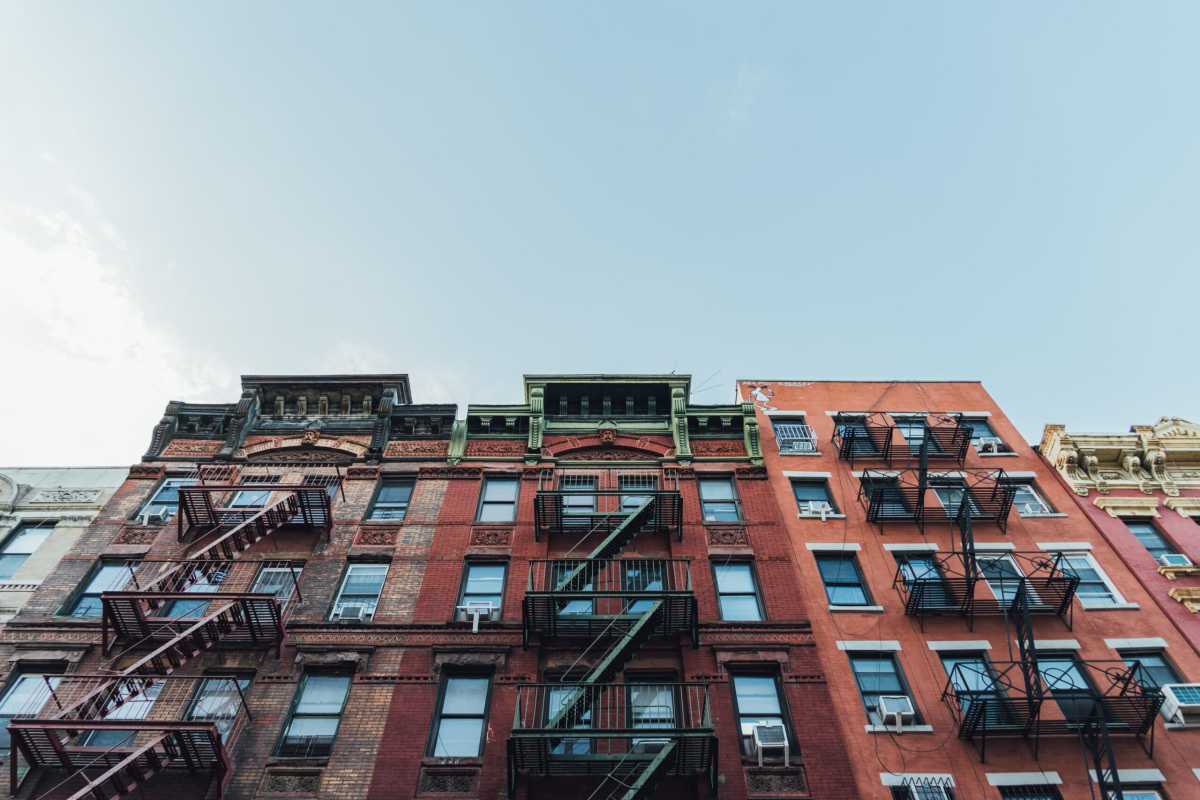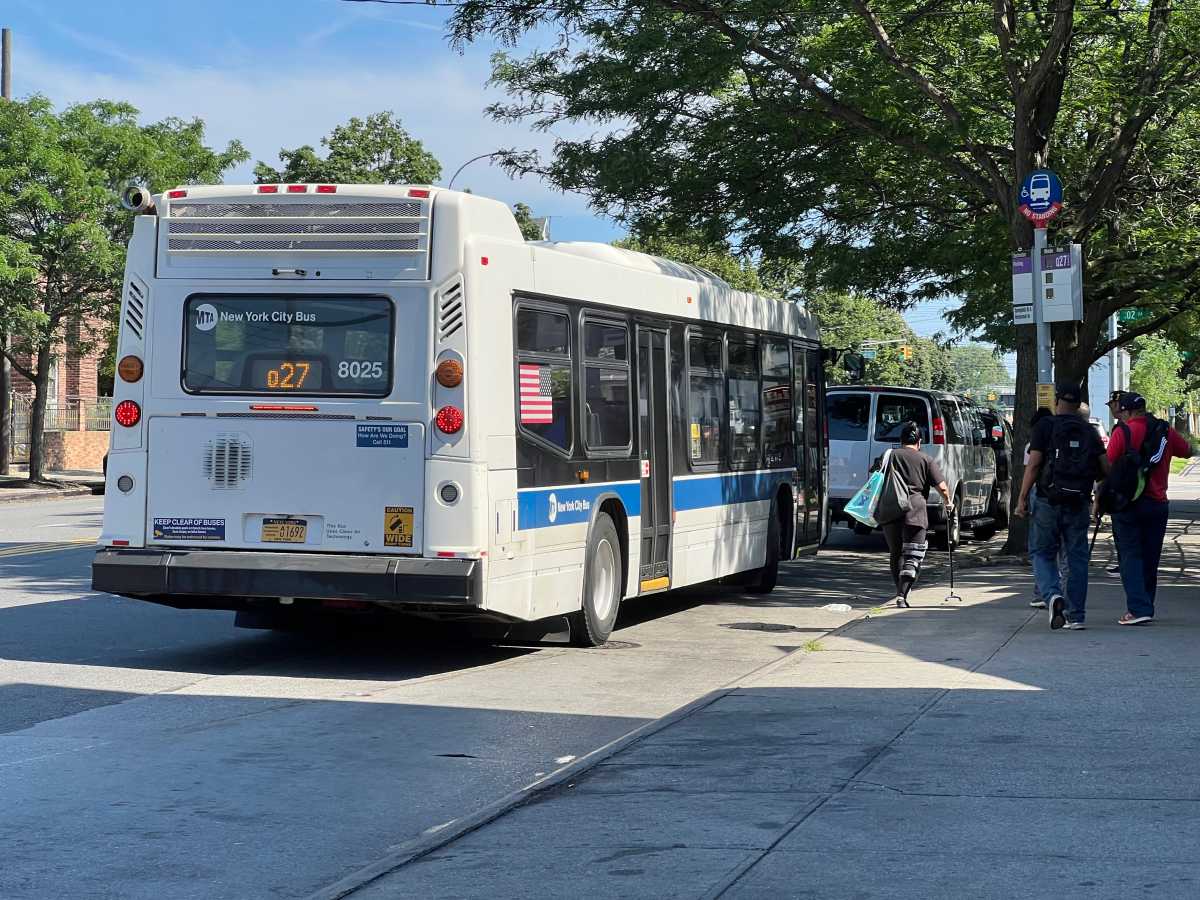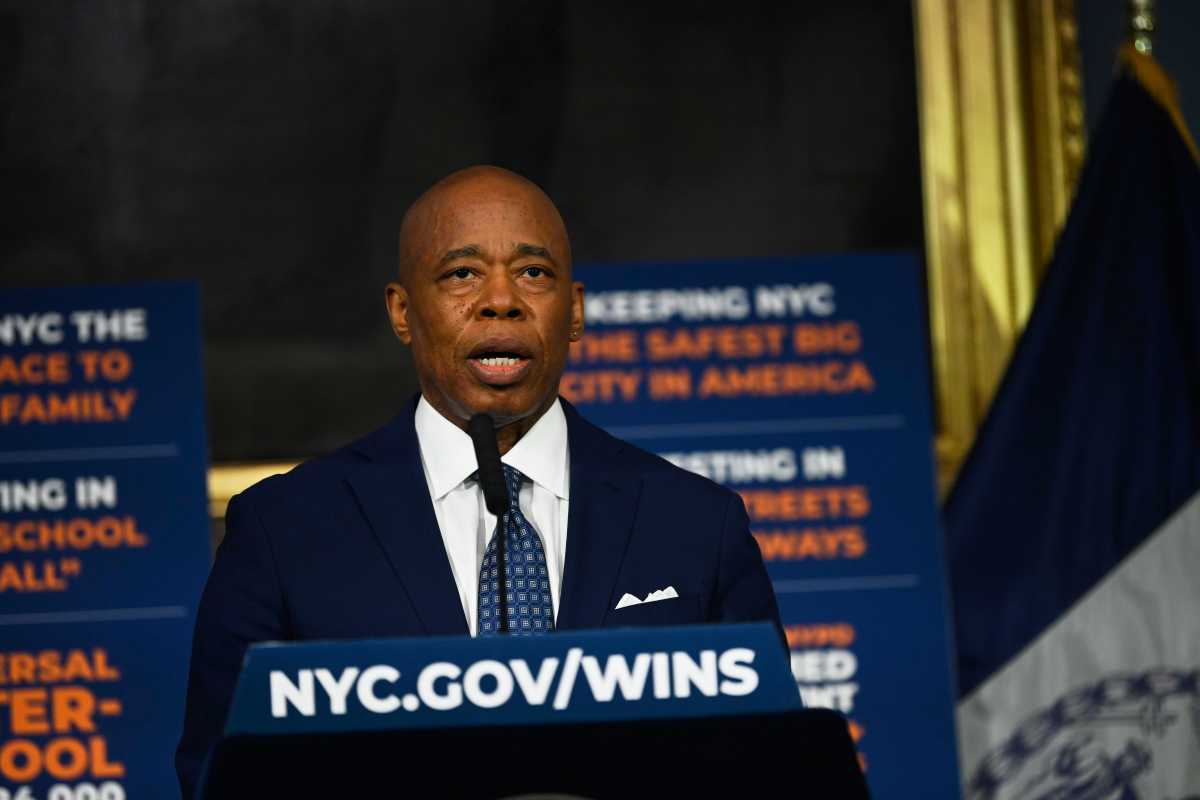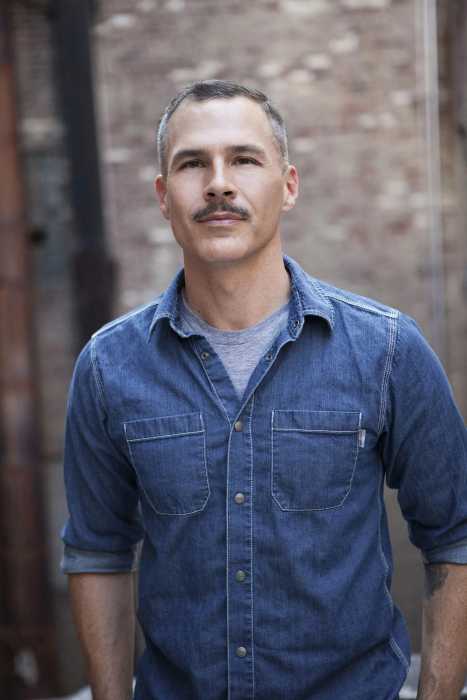Most New Yorkers would be shocked to discover that the city’s rent-stabilized housing, which covers the bulk of its affordable housing, receives no government funding. They would be even more disturbed to learn that rent-stabilized housing is taxed dramatically higher than any other type of housing.
To test this theory, roughly a year ago, our association gathered a focus group of rent-stabilized tenants. There was an overwhelming belief among the renters that building owners receive a massive tax break in order to provide the below market rate rents. The truth is that nearly 700,000 rent-stabilized apartments across the city receive no tax break or subsidy.
In fact, property taxes are only increasing on rent-stabilized housing in comparison to luxury condos, co-ops, and single-family homes. Class 2 buildings, which includes rent-stabilized buildings, pay almost six times more in property taxes than Class 1 buildings (1- to 3-family homes) compared to their market values. This policy has effectively forced rent-stabilized tenants to disproportionately shoulder the burden of paying for our city’s services.
Don’t take our word for it, look at the Rent Guidelines Board’s own data. From 2011 to 2021, rent-stabilized buildings built without the 421a tax abatement (pre-1974) outside the core of Manhattan have seen their property taxes skyrocket, rising 31% faster than inflation. Meanwhile, average rents have increased by 1.4%, adjusted for inflation, which covers less than a third of the tax hikes that the government has thrust onto these buildings.
Insurance, labor, water and sewer, and maintenance costs have also risen 3.2% faster than inflation over the past ten years, cutting further into the net operating income for the vast majority of rent-stabilized buildings.
Some claim that in spite of these unbearable costs, rent-stabilized housing is financially stable. They do so by fudging the numbers, pointing to data which includes buildings receiving the 421-a tax abatement. Net operating income for buildings constructed after 1974, which currently or previously received the tax abatement, are more than three times higher than those built before 1974. Unlike most rent-stabilized buildings, these properties received government funding to cover low rents, ensuring those buildings had enough income to maintain quality housing.
This combination of disproportionately high taxes and lack of public assistance falls on the backs of renters. Tenants in rent-stabilized buildings are paying more of their rent to cover more of the property tax burden than a renter in any other type of apartment. In many pre-1974 rent-stabilized buildings, 40% or more of the rent check goes to property taxes.
This has serious effects on the quality of housing for renters as well. With rent increases capped, every additional dollar that goes toward taxes are dollars taken away for building improvements and maintenance. This is particularly debilitating to the quality of rent-stabilized housing considering many buildings are well over 100 years old.
The recent Housing and Vacancy Survey showed that the number of violations for rent-stabilized buildings is increasing compared to previous years, a direct result of this. The government needs to step in and extend a lifeline to rent-stabilized buildings–and property tax reform is one way. Housing has costs and the government must ensure those costs are paid for. Otherwise, buildings will continue to decline in quality.
Had the government capped taxes on predominantly rent-stabilized buildings 10 years ago, the minimal rent increases would have come close to keeping up with other operating expenses. The quality of buildings would be better, and the quality of life for renters would be better. Most importantly, the largest cost input on rents, taxes, wouldn’t be pushing rents higher.
This legislative session, our association is going to be proposing several concrete steps the state can take to provide tax relief to buildings that are majority rent-stabilized. It is our belief that taxes must, at the very least, be frozen for these buildings in the short term until property tax reform is instituted. Many buildings have already gone into foreclosure and many will not survive unless immediate action is taken. We want to work in partnership with the Governor and Legislature to accomplish this.
Jay Martin is the executive director of the Community Housing Improvement Program (CHIP), representing the owners and operators of more than 400,000 rent-stabilized apartments










